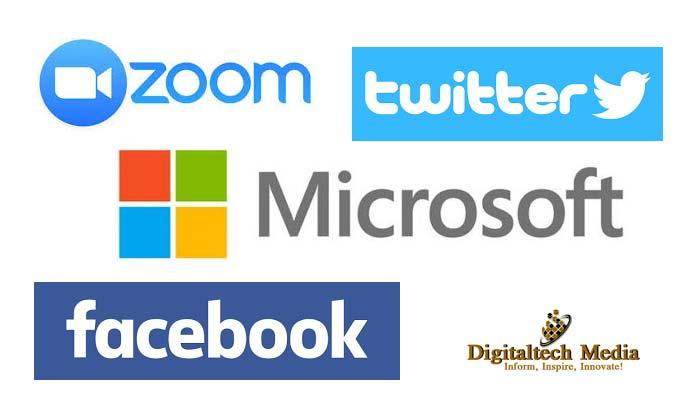During this rapid-moving COVID-19 pandemic, companies are facing huge challenges. In these conditions, CXOs are performing a central role in smooth operation of their business. The pandemic has hastened the digital transformation of business and the speed of technology adoption. During this pandemic, several changes have been carried out to work and act on technology. And because technology binds so much of every company together, CXOs are having a difficult time thinking about how to manage the business.
Navigating these unpredictable times requires leaders to be active and nimble while envisioning a new normal on the opposite side. A CXO’s chief goal is to constantly implement and improve a positive customer experience (CX). Chief experience officers communicate the value proposition of the organisation. They do this by using the clients’ language and communicating with customers through their chosen communication channels. Some of the major and common challenges for CXO’s are:
Communication challenge
During these days, employees don’t have face-to-face access with their co-workers, which usually leads to confusion, distrust, and even team disputes. Employees often avoid face-to-face discussions, in-person meetings and informal brainstorming sessions. To cope with the hurdles of working remotely, teams have to choose a more flexible working style, and senior managers and team leaders should divide the tasks into smaller manageable subtasks. They should also communicate frequently through leveraging collaboration and communication platforms. Online platforms like ZOOM, Slack and Hangouts can help bridge the communication gap to a large extent.
Technology-related challenge
Obstacles such as internet interruptions, application crashes, and broadband network limitations are common problems when working from home. The lack of sturdy technology infrastructure can interrupt not only individual performances but also the overall business cycles. In most cases, employees are grappling with getting the proper hardware and software tools and myriad technical issues that the IT department typically handled at offices. In such a situation, organisations need to ensure a hurdle free work environment at a micro and macro level, so that employees are well equipped with all the necessary tools to meet their job targets. This may include distributing laptops/computers to employees, providing broadband access and offering reimbursement for internet usage for office work.
Cyber threat challenge
Research reveals that remote workers are more inclined to data theft and other kinds of malware attacks. That’s because many workers prefer to use their personal laptops, which typically don’t have enterprise-grade protection and may unknowingly enable a cyber-security hazard that can jeopardise the company’s safety. Therefore companies must deploy the conventional firewall, endpoint verification, and VPN tunnels so that they can WFH without the risk of third-party data breach incidents and ransomware attacks.
To sum up
The Work From Home (WFH) model, if executed strategically, can help in productivity gains, cost savings, and ultimately a more efficient workforce. It offers adaptability, better work-life balance and a sense of autonomy among employees. Scheduling virtual conferences with fixed timings, training workers with project management tools and communication platforms, and holding a solid data security strategy helps to get a business flourishing, especially in these challenging times.





